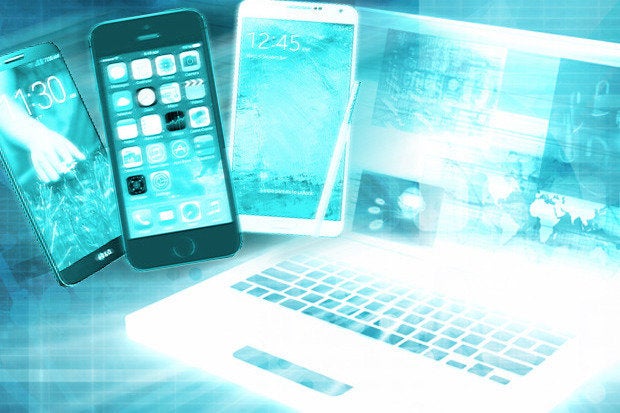Via Facebook, a friend invited me to a surprise birthday party for her sister last week, and I perchance ran into her a few days later. We chatted about this and that, then I asked about the surprise party. Her demeanor changed as she described the difficulty in using Facebook to invite people without alerting her sister to the event. She wasn't certain she succeeded, but after spending more than an hour painstakingly reviewing everything she could find relating to who might be able to view the event, she decided that she’d done all she could and fired it off.
Of course, it came back to her sister anyway, possibly because someone inadvertently shared it on their own timeline.
The fact of the matter is, for most people, it’s impossible to know exactly who can see what we write and post on social media sites. We may think we know how to create a private message or how to include only a select group of people, but a minor slip of the finger or a check box left to the defaults can easily be our undoing.
People send public tweets with personal information all the time, because they think they’re sending a direct message. People post search strings on Facebook as statuses, which tells all of their friends who they’re trying to search for. In many cases, social media sites are presenting their nontech users with access control methods that rival IT authentication and authorization policies in complexity, and this leads to mayhem for unwitting users.
It’s not only social media; it extends to all kinds of consolidated cloud services as well. This is how a father buys his child an iPad and signs in with his Apple ID to buy a few apps. Later on, he discovers that his child has seen every text message he's sent and received, every picture taken, and various other items that perhaps shouldn’t be on his daughter’s iPad. He only discovered this because someone called his iPhone and her iPad started ringing too.
On the one hand, it’s great that I can move between devices and maintain conversations over a variety of mediums, answer phone calls on my laptop, or access any number of features designed to help streamline my workflow. However, perhaps there should be clearer and more significant warnings about these functions from the start -- and it’s probably best to make them opt-in. If that father had been presented with a dialog detailing exactly what iCloud functions would be enabled on his daughter’s iPad, he could have made an informed decision to turn those off -- and ultimately made the right move to get her an Apple ID of her own, linked to his account.
To a significant degree, the tech world is blind to the real-world frustration and damage its “conveniences” can cause. As we consolidate technology and communication across devices, apps, social media, and so forth, a single message intended for a single person can unwittingly reach millions of people, simply by a misclick or a setting in a separate device that was either left turned on or turned off.
It’s not realistic to expect the general population to fully understand all of the moving parts that can lead to problems like this, to have to inspect every new device, every new setting, every new app function or feature, and so forth. Heck, it’s difficult for techies too: You might have missed that one option was moved from one preferences panel to another, and thus left on photo sharing by mistake.
For most nontechnical people who are at least aware of the dangers present in modern communication, they tend to adopt a stance of either “Turn everything off that you can, limit interactions, and hope for the best” or “Hell with it, I don’t care who sees what I’m writing.” The latter tend to not have young children with Internet access.
As we move forward, this problem will get worse before it gets better -- assuming it ever gets better. Aside from the occasional reply-all email fiasco, we’ve never been in a situation where it was so absurdly simple to erroneously send a private message to so many people, or to have that message displayed on random devices, connected TVs, and even refrigerators. Heck, an errant tweet could wind up on a CNN news ticker.
We as a civilization will either need to be vigilant about our communication mediums and closely monitor the myriad changes to the devices and apps that provide our digital lives, or we must proceed with the understanding that we have no real control over who reads our missives. These are both dangerous games.
In an ideal world, the technology would adapt to our needs, not the other way around. Unfortunately, it seems that those who are developing that technology don’t think that controlling access to communication is a priority.






